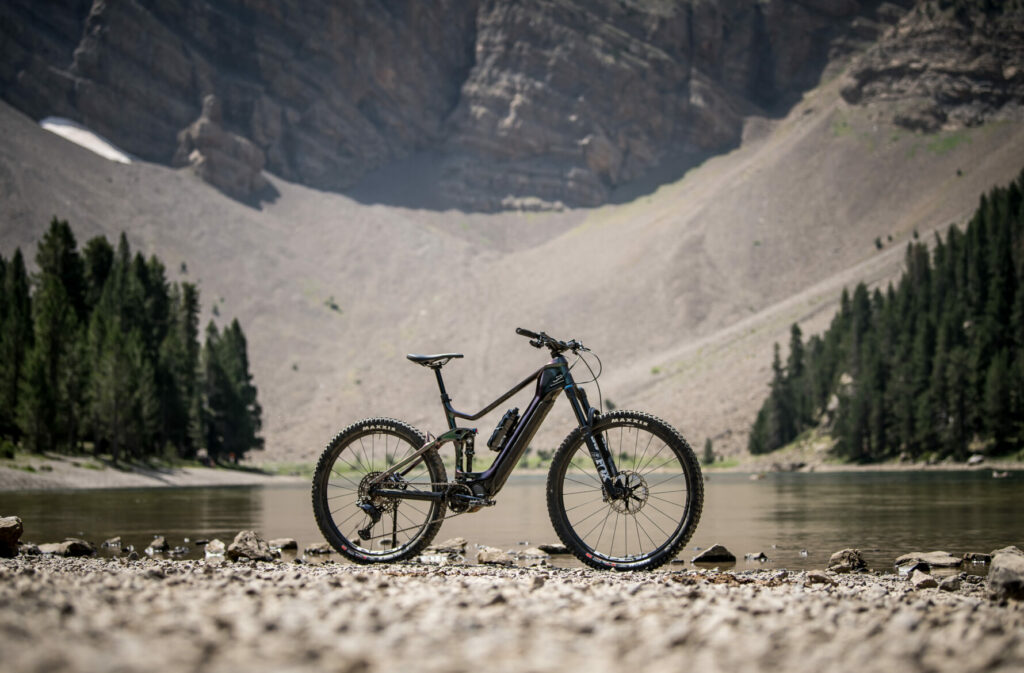It seems like the bike industry is still grappling with a concise way to quantify an e-bike’s power or size. Motorcycles usually start with the engine displacement — 500 cubic centimeters is half the size of a 1,000cc bike, for example. Car nuts often count cylinders.
Is there a simple, understandable way to define an e-bike’s motor size and output?
I’m not sure if there’s one straightforward answer yet, but I can tell you there is a key spec that I consider when I’m sizing up an unfamiliar bike or motor. Here’s a plot twist: I don’t worry much about watts. Instead, I start with torque.
What Does E-Bike Torque Mean?
In simple physics terms, torque is rotational force. A longer wrench applies more torque to a bolt than a shorter wrench, provided both wrenches are subject to the same force. But that’s all pretty abstract when you try to apply the fundamentals of torque to an e-bike motor.
A better comparison is the difference between a high gear and a low gear on a bike. The former has less torque because, essentially, the gear ratio affords less of that leverage effect described above. On the other hand, an easy gear with a big rear cog and a small front chainring has better mechanical advantage, hence more torque.
Expect a bike with 70-90nm of torque to feel very zesty. This is your typical “full power” e-bike. Bikes with 35-50nm of torque won’t hit as hard.
Torque is important for accelerations. That’s why in any vehicle — car, bike, motorcycle, tricycle — you start in a low gear when you’re stopped. Even a beginner mountain biker would tell you that accelerations are a big part of normal trail riding.
And that is why I care about torque specs when I look at an e-MTB.
Whether you’re coming out of corners, riding undulating terrain, or trying to power over a technical obstacle, torque is constantly in play on a trail. The difference is readily apparent when you race two e-bikes with different torque outputs side-by-side. A high-torque bike will get off the line quicker and will soon have a lead. However, after the initially acceleration, the “slower” bike will not lose much more distance, unless the riders are drastically different in fitness. Remember, we’re almost exclusively talking about Class I e-bikes, which means they’re governed at 20mph max speed in the U.S.
Expect a bike with 70-90nm of torque to feel very zesty. This is your typical “full power” e-bike. Bikes with 35-50nm of torque won’t hit as hard. For those looking for an e-MTB that feels a bit more natural, that lower torque number could be perfect. If you just like raw power and speed, well, you know where this is headed.
Why Watts Don’t Matter Much to Me
But what about plain-old watts? Bike nerds are obsessed with their own wattage when looking at power numbers post-ride. Surely that’s of interest in the realm of e-bikes, right? Not exactly.
Watts go into your e-bike’s drive unit. Torque comes out of that drive unit.
In the context of an electric motor, watts are an input, a capacity for power supply — watt hours is a measure that gives us more context about how that power supply could be distributed during a set amount of time. Watts go into your e-bike’s drive unit. Torque comes out of that drive unit. They’re related, but not the same, due to varying levels of efficiency in drive units, how the motors respond to different cadences, and a dizzying array of other factors.
Not convinced? Consider the humble lightbulb. If you pick one out at a store, you choose the appropriate wattage. However, the output of a bulb isn’t measured in watts. It’s measured in lumens, and that can vary between different brands and styles of the same wattage bulb.
The X-Factor: Riding Style
Numbers are just a starting point, of course. Your full-power drive unit will only make 85nm of torque if you push the pedals hard enough. Also, that potential torque is usually only on offer in Turbo or Boost modes. So, you can tune down the drive unit if you don’t need all of that torque.
So, based on what you know about your riding style and terrain, you can start to make some decisions about what sort of e-MTB will suit you best. Speaking for myself, I haven’t fully decided. On one hand, I like how a Specialized Turbo Levo SL feels like my conventional bikes with its light weight and mild-mannered power delivery.
On the other hand, it’s pretty stunning how much range you can get out of a full-power bike, even if you’re wringing out the power, like I did with a Bosch Performance Line CX Race drive unit at Sea Otter. We’ll dive into battery sizes and range in another story.
I guess this just means I’ll have to go ride some more e-bikes to figure this out…
Photo courtesy Shimano
